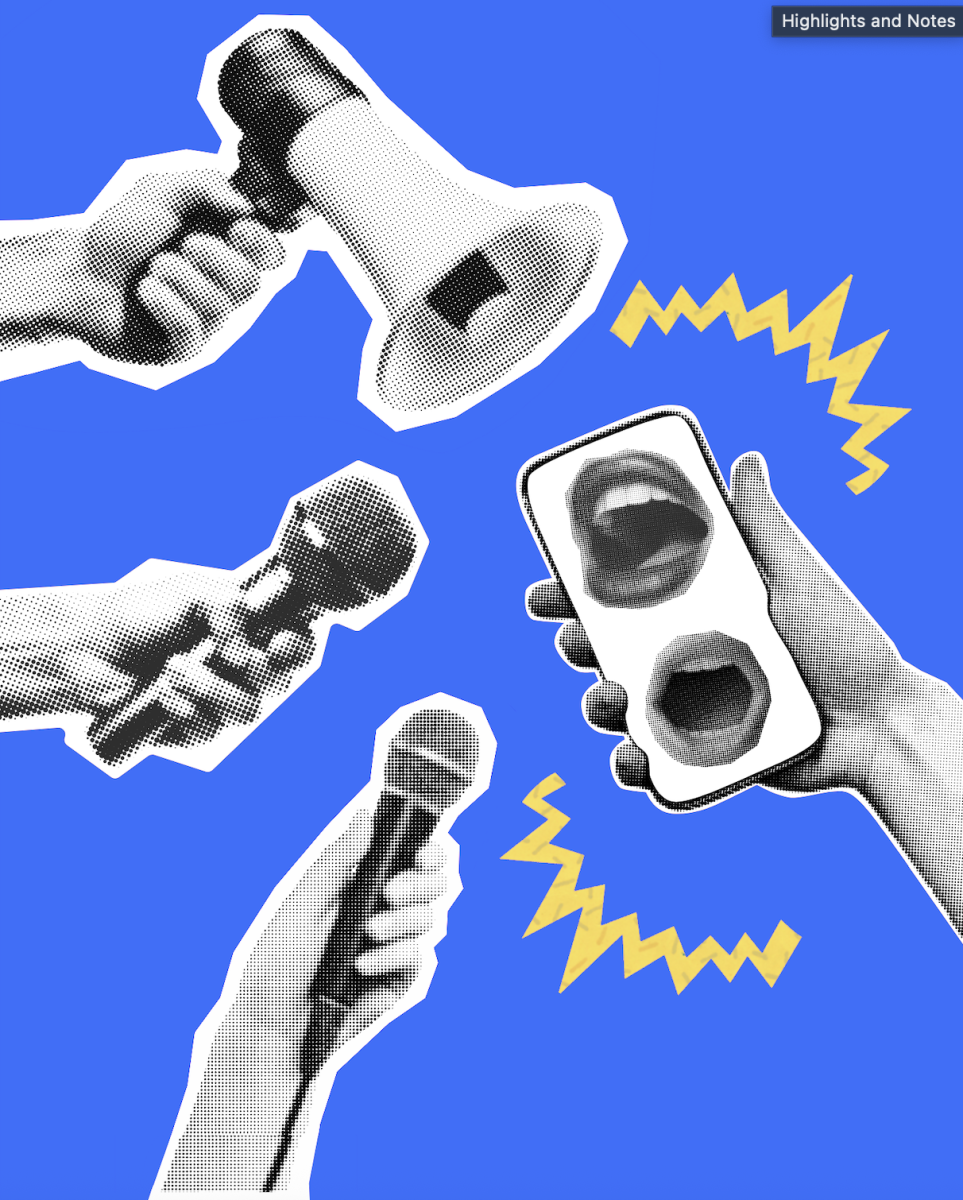Over the past few years, there has been an increase in secondhand items. Popular apps such as Depop and Thredup have dominated the online resale industry, offering a wide range of clothing items globally. Since Covid-19, Gen Z has taken a liking to thrifting, causing mass market growth. There are multiple reasons for the rise of secondhand, such as the economic, social, and environmental benefits thrifting offers.
Most people want cheap, good quality clothing, and fast fashion brands have provided the cheap part but not the quality. According to an article by Quartz, “consumers often throw garments away after ten wears, and continually buy new clothes.” Fast fashion was not meant for long-term wear but for short trend cycles that can later be thrown out resulting in negative environmental effects. According to Forbes, “approximately 85% of unwanted textiles in North America end up in landfills which amounts to more than 11 billion kilograms a year.” Most unwanted clothing is in a landfill, polluting the environment.
Secondhand clothing offers a cheaper and more sustainable option for consumers looking to limit their waste. In QZ it was stated that, “the global secondhand apparel market is expected to grow 127% by 2026, three times faster than the apparel market overall, according to a recent report by thredUP.” The fashion industry is being dominated globally by thrifting, causing a mass shift for companies and consumers. It was reported that “In 2022, the market for secondhand apparel grew 24% from the year before, to $119 billion dollars.” The rise of thrifting can also be attributed to its de-stigmatization; thrifters believe it is more “socially acceptable than five years ago.” Thrifting has become a trend and is more normalized in today’s culture.
The idea of thrifting is not limited to physical stores but has also moved online. Since Covid-19 has shut down many brick-and-mortar stores, there has been an increase in online shopping. Popular clothing resale app Depop has witnessed rapid growth. According to Time in 2020, “Depop sold some $660 million in merchandise, doubling sales from the previous year, thanks in large part to teens who were bored at home and scrolling on their phone.” Ever since the Covid-19 shutdowns, thrifting has risen. The pandemic also caused an economic downturn, limiting people’s disposable income causing them to look for more affordable alternatives. Depop has created a platform where the thrifting experience has now become digitized. It has “essentially created a virtual version of hanging out at the mall with friends.” Depop has become a community where people can find shared niches when it comes to styles.
Online and in-person thrifting has become increasingly popular, but it does pose a challenge to some. Thrift stores have been raising prices to maximize their sales from wealthier shoppers. There has been a “gentrification of thrifting”, Time reports. Middle to upper-class people who go to their local thrift stores can deny inventory to people who go for their needs. Thrifting has become “diluted” because of its mass popularity. For example, there are so-called “haulers” on Depop who purchase a mass amount of clothing to resell at higher prices. Therefore, it contradicts the point of thrift stores- to provide more affordable alternatives to people. According to The Borgen Project, “thrift stores designed to benefit low-income communities have been under fire for increasing their prices of secondhand clothing in recent years.” Because of the rising demand for secondhand items, stores are trying to exploit that by increasing their prices, causing devastating impacts to local communities.
Consumers can combat this gentrification by actively being aware of where they are shopping and what they’re buying. Thrifters can continue to buy a reasonable amount of clothing, taming their spending habits by being more mindful of their environmental impact. The rise of secondhand shopping and fall of fast fashion is a step in the right direction for the environment.


![[Charlie Kirk] by [Gage Skidmore] is licensed under [CC BY-SA 2.0].](https://flhsprospect.com/wp-content/uploads/2025/09/charlie-kirk-article-1200x800.jpg)





